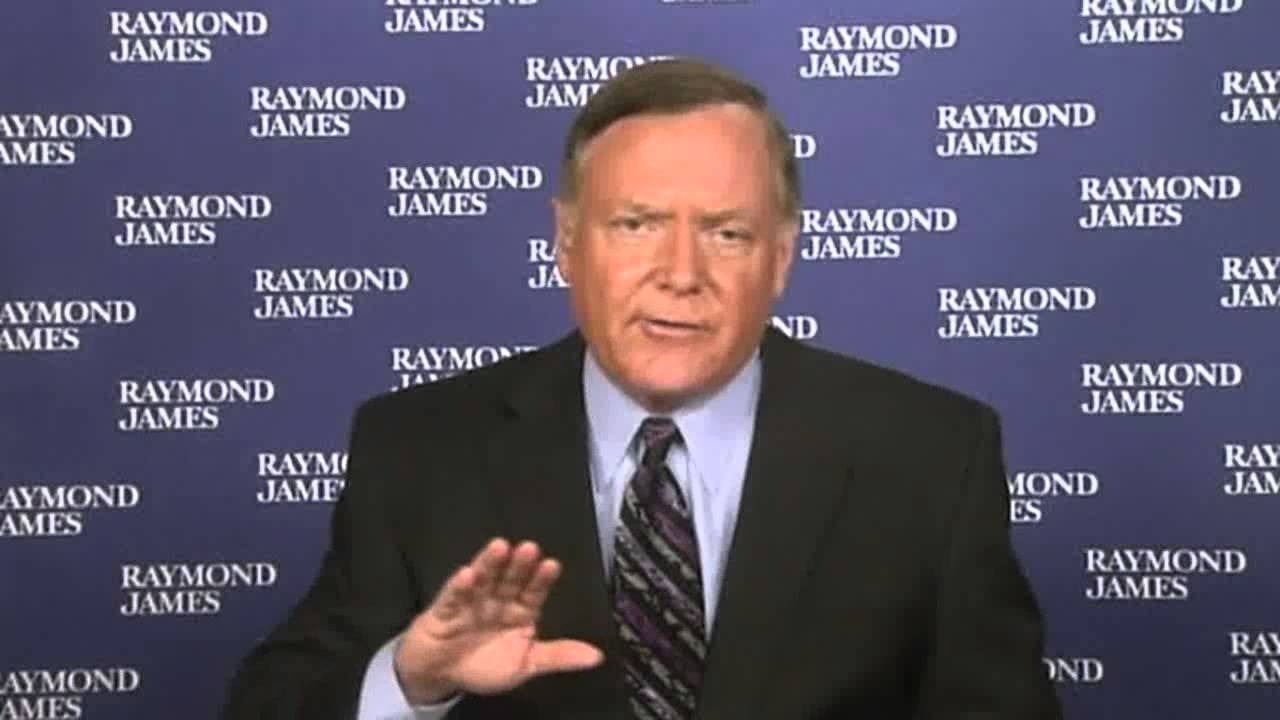by Douglas Drabik, Fixed Income, Raymond James
Last week seemed to highlight some of the various influences hitting the bond market from different angles. Below are some bullet points relating to a few of these stimuluses:
- The Treasury curve trend is that the slope is flattening. Remember that most of this comes from the fact that the slope was historically extraordinarily steep. The 1- to 30- Treasury are spread 190bp, hardly flat. The last many recessions were coupled with an inverted yield curve (not there… yet anyway). A steeper yield curve, which could result over occurences such as inflation prospects or national debt concerns, hasn’t transpired either. Right now, Treasury rates appear to be in a low trade-bound range with little fear of moving drastically higher despite the Fed’s proclamation of 3 to 5 more hikes this year. The only affect the Fed has had is to push the short-end up and somewhat flatten the slope.
| Treasury Yields | 12/30/16 | 05/01/17 | Net Chg |
| 1mo | 0.416% | 0.664% | +25bp |
| 1yr | 0.811% | 1.063% | +25bp |
| 2yr | 1.188% | 1.266% | +8bp |
| 3yr | 1.451% | 1.451% | flat |
| 5yr | 1.927% | 1.821% | -11bp |
| 7yr | 2.245% | 2.101% | -14bp |
| 10yr | 2.444% | 2.287% | -16bp |
| 30yr | 3.065% | 2.961% | -10bp |
Source: Bloomberg LP, Raymond James
- Last week the White House released the outline of the tax code change. There was a wide variety of interpretations exposing the thought that uncertainty still abides. The only commonality appears that it will raise federal debt levels, but by how much? The U.S. debt doubled over the eight years of the previous administration and the prospects of it going yet higher is triggering concern. The White House assumes (hopes) growth will offset this fiscal policy change. The markets are not likely to agree. The details may expose a better evaluation and are supposed to come out in June.
- The Bank of Japan kept its monetary policy the same while lowering their expectations of inflation. Their quantitative easing will most likely continue until they hit a 2% target.
- The European Central Bank is also continuing its asset purchase program of 60-65bil/mo (down from 80bil Euro).
- The administration teetered back-and-forth about stepping away from NAFTA but agreed not to terminate the agreement… for now.
- Investors continue to grab U.S. stocks and other riskier assets while Treasuries remain under pressure. The SPX is within 10 points of its high and the DIJA within 150 points.
- The uncertainty surrounding the election in France seems to have calmed down (no surprise) as Centrist Emmanuel Macron is highly anticipated to win the run-off with Marine LePen, the far-right anti-Europe candidate.
- Inflation remains low and has settled back from any slight push hinted at in the early months of the year.
- Indirect bidding (Foreign participation) in the Treasury auctions is strong. The indirect bid for the 7-year Treasury was a record setting 81.7% last Thursday. Over the last year, indirect bidding on the 10-year auction has averaged 64.6%. As long as global interest rate disparity exists, expect this demand to continue and expect that it acts as a headwind to higher interest rates.
| Rates (%) | 2-Year | 5-Year | 10-Year | 30-Year |
| United States | 1.374 | 1.831 | 2.300 | 2.973 |
| Canada | 0.724 | 1.008 | 1.548 | 2.165 |
| United Kingdom | 0.068 | 0.495 | 1.082 | 1.709 |
| France | -0.485 | -0.119 | 0.828 | 1.790 |
| Germany | -0.747 | -0.394 | 0.313 | 1.093 |
| Italy | -0.109 | 1.035 | 2.268 | 3.331 |
| Spain | -0.282 | 0.414 | 1.625 | 2.928 |
| Sweden | -0.670 | -0.090 | 0.569 | |
| Greece | 6.028 | 6.159 | ||
| Japan | -0.216 | -0.171 | 0.004 | 0.779 |
| Hong Kong | 0.688 | 1.077 | 1.315 |
As of 05/01/2017 Source: Bloomberg LP, Raymond James
Copyright © Raymond James













